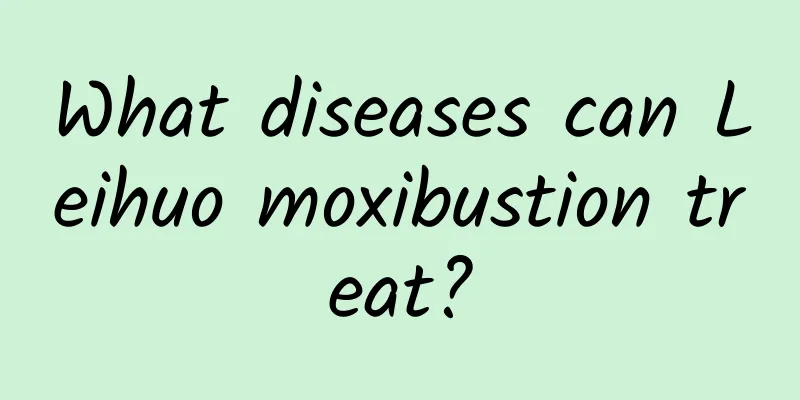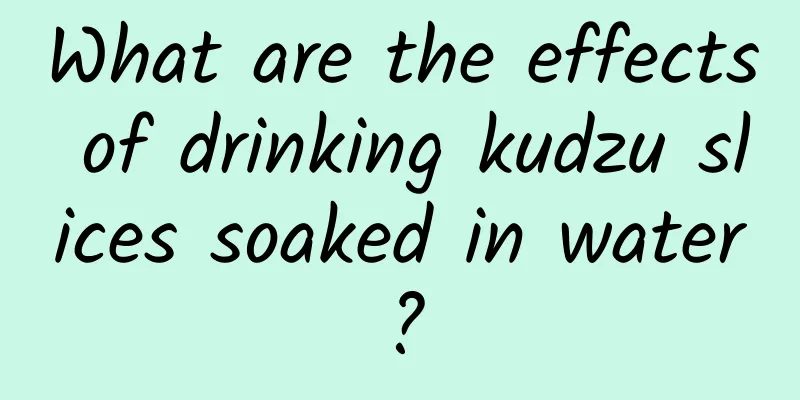Symptoms of chronic cor pulmonale, common manifestations include these

|
The symptoms of chronic cor pulmonale include symptoms of remission and symptoms of acute exacerbation. Common ones include dyspnea, arrhythmia, insomnia, confusion, respiratory failure, etc. Elderly people who smoke are particularly prone to this disease. 1. Compensatory stage of lung and heart function (including remission stage) At this stage, there are only pulmonary hypertension and right ventricular hypertrophy, but no right heart failure. The clinical manifestations are mainly some symptoms and signs of the underlying disease. The most common symptoms are cough, sputum, chest tightness, shortness of breath, wheezing, and palpitations. Due to lung degeneration and decreased lung function in the elderly, the above symptoms are more obvious and more likely to be complicated with lower respiratory tract infection. Fever is not obvious when combined with infection. The main manifestations are aggravated cough, increased sputum volume, purulent sputum, chest tightness, shortness of breath, wheezing, and increased palpitations. The signs include: emphysema signs, auscultation often has weakened breath sounds, occasional dry and wet Up sounds or wheezing sounds; the border of cardiac dullness is reduced or disappeared (often difficult to knock out due to emphysema); distant heart sounds, and the pulmonary valve area may have a hyperactive second heart sound, indicating pulmonary hypertension; systolic murmur in the tricuspid valve area or heart beats under the xiphoid process, which often indicate pulmonary hypertension; jugular vein distension, because emphysema increases the intrathoracic pressure and hinders the vena cava return; due to the descent of the diaphragm, the upper and lower edges of the liver are significantly moved downward, which should be distinguished from hepatic congestion in right heart failure. 2. Pulmonary and cardiac decompensation (including acute exacerbation) The main clinical manifestations of this stage are respiratory failure, with or without heart failure. : : : : : : : : : : : : : : : (2) Heart failure: right heart failure is the main symptom, and arrhythmias may also occur, manifested as shortness of breath, palpitations, oliguria, abdominal distension, cyanosis, jugular venous distension, hyperactivity and splitting of the second heart sound in the pulmonary valve area, systolic blowing murmur in the tricuspid valve area, hepatomegaly, positive hepatojugular reflux sign, and pitting edema of the lower limbs. In addition, patients with cor pulmonale often have renal impairment. Mild cases only show increased BUN and proteinuria; severe cases have oliguria, anuria, and metabolic acidosis. The incidence of liver damage accounts for about 1/3. Mild cases only show increased GPT, hypoproteinemia, and increased jaundice index; severe cases have congestive cirrhosis, hypoproteinemia, ascites, etc., and sometimes gastrointestinal ulcers or massive bleeding occur, which may be due to stress ulcers or DIC. 3. Others (1) Cyanosis: Cyanosis in cor pulmonale is mainly caused by hypoxemia due to intrapulmonary shunting caused by pulmonary hypertension and V/Q imbalance. It manifests as central cyanosis, which is more obvious in the earlobes, nose tip, lips, fingers and toes. When polycythemia is present, the reduced hemoglobin increases, and cyanosis may occur even if the arterial oxygen saturation is normal. If anemia is present, cyanosis is not likely to occur in a hypoxic state. (2) Abnormal tongue diagnosis: The tongue is mostly purple or dark purple. When right heart failure occurs, the main trunk of the venous vein on the ventral surface of the tongue is full and raised, with a curved or cylindrical shape. Abnormal dark purple venous branches can be seen on the outer surface of the tongue, which are cystic and columnar, and cover more than 1/2 of the total area. (3) Signs of pulmonary encephalopathy: peripheral vasodilation, warm and rosy skin, sweating, increased blood pressure, muscle twitching, conjunctival congestion and edema, bulging eyes, pupil constriction during coma, and optic disc edema. |
<<: Can American ginseng cure insomnia and help you sleep better?
>>: What are the dangers of right renal cyst and cyst wall calcification?
Recommend
Lower extremity arteriosclerosis obliterans
Although arteriosclerosis in the brain is more ha...
Why do I always want to ejaculate?
For men, a strong sexual desire may mean good hea...
What are the causes of breast pain when pressing on the edge of the breast?
There are many types of diseases on women's b...
What to do if you can't sleep well every day
If you can't sleep well every day, it means y...
The efficacy and function of egg beer
As the name suggests, egg beer is to put raw eggs...
Can Xanthium sibiricum treat freckles?
Xanthium sibiricum is a traditional Chinese medic...
Taboos of White Snake Grass and Scutellaria barbata
White Snake Grass and Scutellaria barbata are two...
How long can decoction of Chinese medicine be kept at room temperature?
Traditional Chinese medicine is a common way of t...
Notoginseng poisonous liver damage
Panax notoginseng is actually one of the most com...
Bench Press Wrist Position
I believe that many people do not understand the ...
Can I still have sex if my sperm turns yellow?
There are many reasons why sperm turns yellow. Us...
Can young people eat ginseng?
Ginseng is a Chinese herbal medicine that people ...
Can I go to kindergarten if I have a cold?
Children's immune system is relatively weaker...
What foods are good for myocardial infarction? Dietary fiber is the main
Patients with myocardial infarction need to pay m...
Can I have liposuction on my belly?
Liposuction can be performed on the abdomen, and ...









